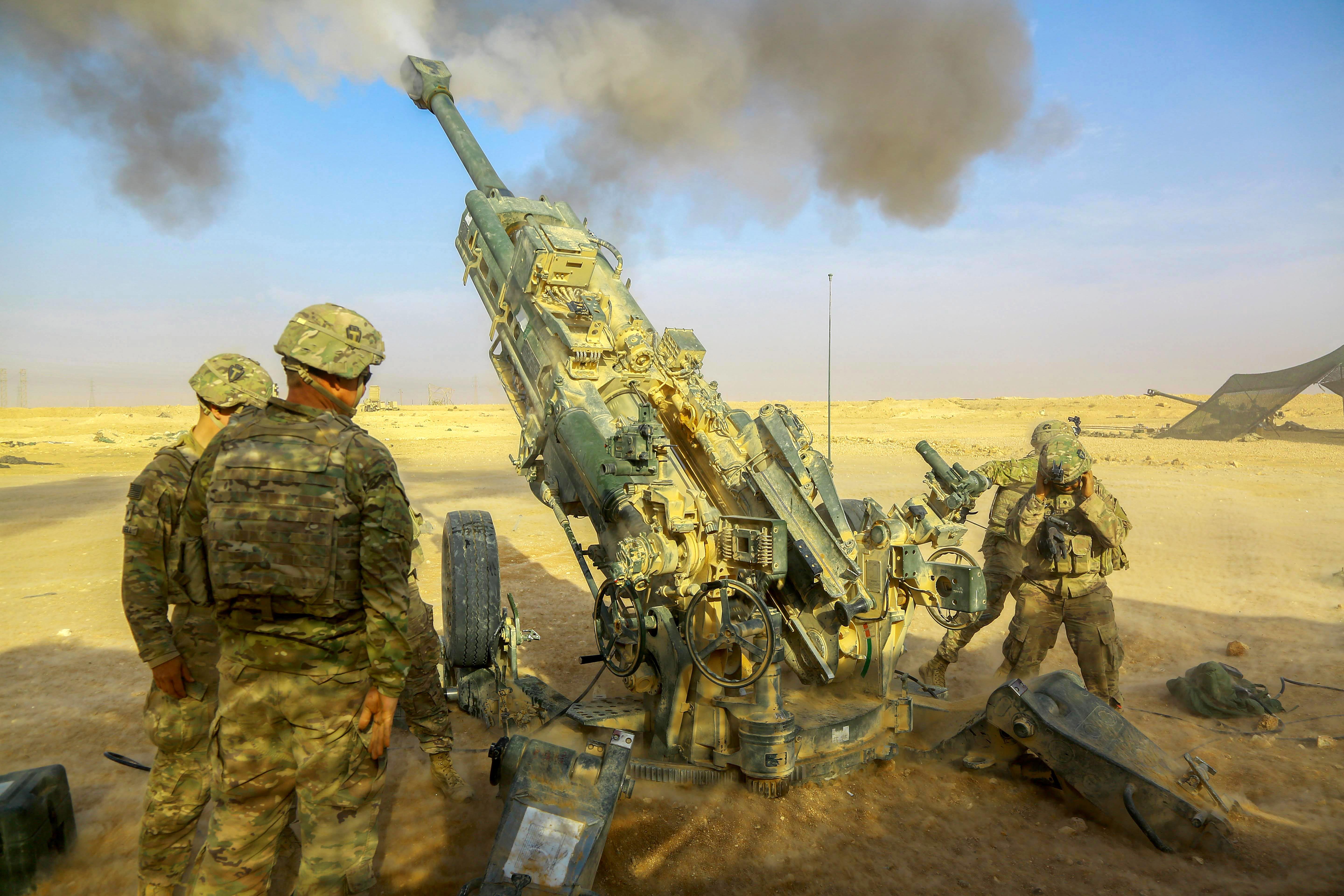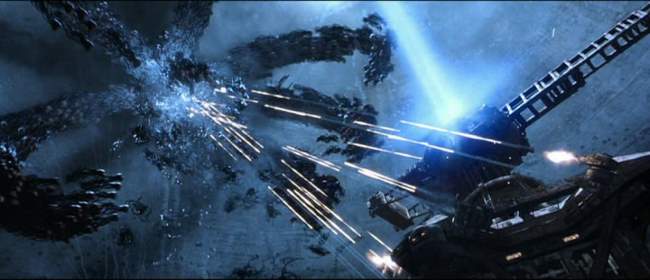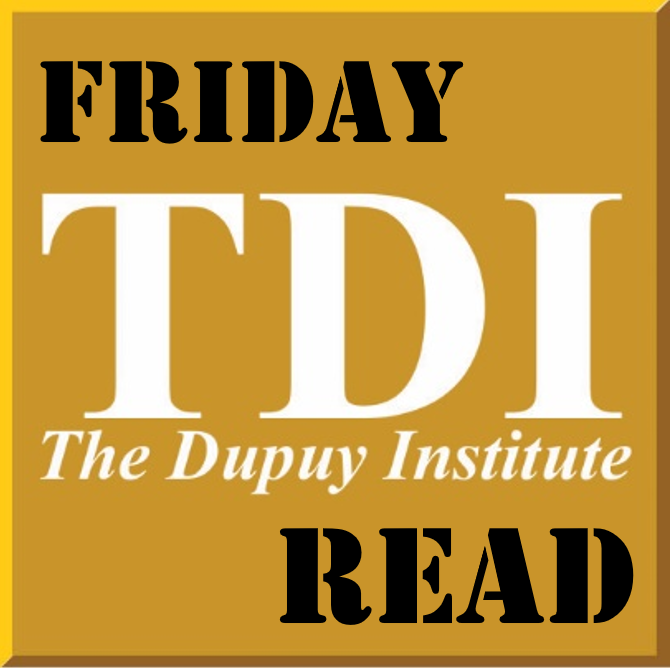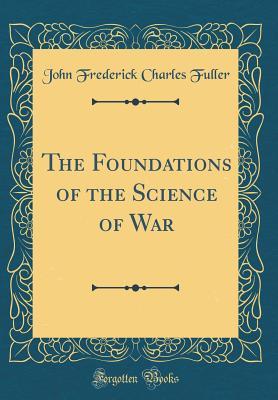
Much attention is being given in the development of the U.S. joint concept of Multi-Domain Battle (MDB) to the implications of recent technological advances in long-range precision fires. It seems most of the focus is being placed on exploring the potential for cross-domain fires as a way of coping with the challenges of anti-access/area denial strategies employing long-range precision fires. Less attention appears to be given to assessing the actual combat effects of such weapons. The prevailing assumption is that because of the increasing lethality of modern weapons, battle will be bloodier than it has been in recent experience.
I have taken a look in previous posts at how the historical relationship identified by Trevor Dupuy between weapon lethality, battlefield dispersion, and casualty rates argues against this assumption with regard to personnel attrition and tank loss rates. What about artillery loss rates? Will long-range precision fires make ground-based long-range precision fire platforms themselves more vulnerable? Historical research suggests that trend was already underway before the advent of the new technology.
In 1976, Trevor Dupuy and the Historical Evaluation and Research Organization (HERO; one of TDI’s corporate ancestors) conducted a study sponsored by Sandia National Laboratory titled “Artillery Survivability in Modern War.” (PDF) The study focused on looking at historical artillery loss rates and the causes of those losses. It drew upon quantitative data from the 1973 Arab-Israel War, the Korean War, and the Eastern Front during World War II.
Conclusions
1. In the early wars of the 20th Century, towed artillery pieces were relatively invulnerable, and they were rarely severely damaged or destroyed except by very infrequent direct hits.
2. This relative invulnerability of towed artillery resulted in general lack of attention to the problems of artillery survivability through World War II.
3. The lack of effective hostile counter-artillery resources in the Korean and Vietnam wars contributed to continued lack of attention to the problem of artillery survivability, although increasingly armies (particularly the US Army) were relying on self-propelled artillery pieces.
4. Estimated Israeli loss statistics of the October 1973 War suggest that because of size and characteristics, self-propelled artillery is more vulnerable to modern counter-artillery means than was towed artillery in that and previous wars; this greater historical physical vulnerability of self-propelled weapons is consistent with recent empirical testing by the US Army.
5. The increasing physical vulnerability of modern self-propelled artillery weapons is compounded by other modern combat developments, including:
a. Improved artillery counter-battery techniques and resources;
b. Improved accuracy of air-delivered munitions;
c..increased lethality of modern artillery ammunition; and
d. Increased range of artillery and surface-to-surface missiles suitable for use against artillery.
6. Despite this greater vulnerability of self-propelled weapons, Israeli experience in the October war demonstrated that self-propelled artillery not only provides significant protection to cannoneers but also that its inherent mobility permits continued effective operation under circumstances in which towed artillery crews would be forced to seek cover, and thus be unable to fire their weapons. ‘
7. Paucity of available processed, compiled data on artillery survivability and vulnerability limits analysis and the formulation of reliable artillery loss experience tables or formulae.
8. Tentative analysis of the limited data available for this study indicates the following:
a. In “normal” deployment, percent weapon losses by standard weight classification are in the following proportions:

b. Towed artillery losses to hostile artillery (counterbattery) appear in general to very directly with battle intensity (as measured by percent personnel casualties per day), at a rate somewhat less than half of the percent personnel losses for units of army strength or greater; this is a straight-line relationship, or close to it; the stronger or more effective the hostile artillery is, the steeper the slope of the curve;
c. Towed artillery losses to all hostile anti-artillery means appears in general to vary directly with battle intensity at a rate about two-thirds of the-percent personnel losses for units of army strength or greater; the curve rises slightly more rapidly in high intensity combat than in normal or low-intensity combat; the stronger or more effective the hostile anti-artillery means (primarily air and counter-battery), the steeper the slope of the curve;
d. Self-propelled artillery losses appear to be generally consistent with towed losses, but at rates at least twice as great in comparison to battle intensity.
9. There are available in existing records of US and German forces in World war II, and US forces in the Korean and Vietnam Wars, unit records and reports that will permit the formulation of reliable artillery loss experience tables and formulae for those conflicts; these, with currently available and probably improved, data from the Arab-Israeli wars, will permit the formulation of reliable artillery loss experience tables and formulae for simulations of modern combat under current and foreseeable future conditions.
The study caveated these conclusions with the following observations:
Most of the artillery weapons in World War II were towed weapons. By the time the United States had committed small but significant numbers of self-propelled artillery pieces in Europe, German air and artillery counter-battery retaliatory capabilities had been significantly reduced. In the Korean and Vietnam wars, although most American artillery was self-propelled, the enemy had little counter-artillery capability either in the air or in artillery weapons and counter-battery techniques.
It is evident from vulnerability testing of current Army self-propelled weapons, that these weapons–while offering much more protection to cannoneers and providing tremendous advantages in mobility–are much more vulnerable to hostile action than are towed weapons, and that they are much more subject to mechanical breakdowns involving either the weapons mountings or the propulsion elements. Thus there cannot be a direct relationship between aggregated World War II data, or even aggregated Korean war or October War data, and current or future artillery configurations. On the other hand, the body of data from the October war where artillery was self-propelled is too small and too specialized by environmental and operational circumstances to serve alone as a paradigm of artillery vulnerability.
Despite the intriguing implications of this research, HERO’s proposal for follow on work was not funded. HERO only used easily accessible primary and secondary source data for the study. It noted much more primary source data was likely available but that it would require a significant research effort to compile it. (Research is always the expensive tent-pole in quantitative historical analysis. This seems to be why so little of it ever gets funded.) At the time of the study in 1976, no U.S. Army organization could identify any existing quantitative historical data or analysis on artillery losses, classified or otherwise. A cursory search on the Internet reveals no other such research as well. Like personnel attrition and tank loss rates, it would seem that artillery loss rates would be another worthwhile subject for quantitative analysis as part of the ongoing effort to develop the MDB concept.








 This series of posts was based on the article “Iranian Casualties in the Iran-Iraq War: A Reappraisal,” by H. W. Beuttel, originally published in the
This series of posts was based on the article “Iranian Casualties in the Iran-Iraq War: A Reappraisal,” by H. W. Beuttel, originally published in the 
